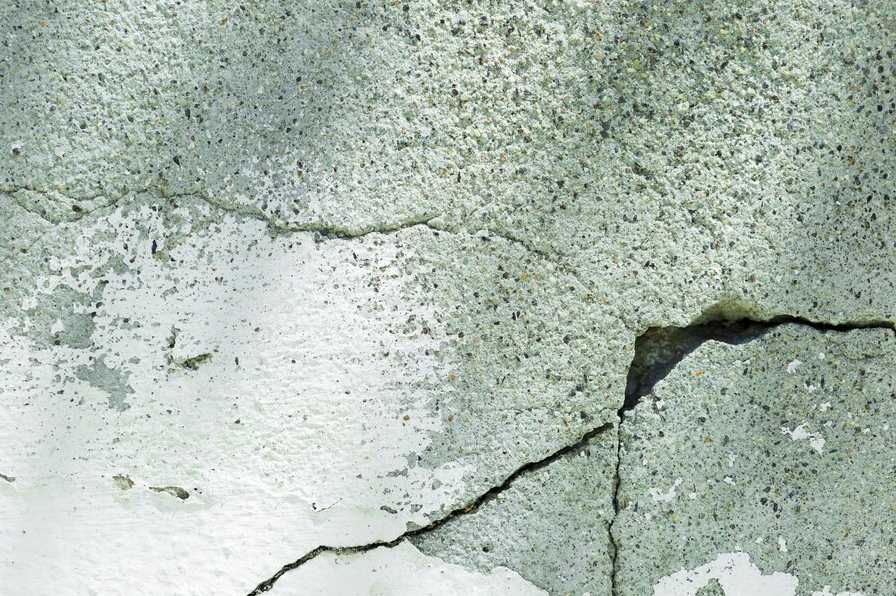Preventing Concrete Cracks and Failures: Essential Steps
Concrete is a widely used construction material known for its durability and strength. However, it is not immune to cracking, which can compromise structural integrity and aesthetic appeal.
Understanding how to prevent concrete cracks and failures is crucial for both new constructions and existing structures. This article outlines effective strategies to minimize the risk of concrete cracking, incorporating insights from concrete testing services and advanced concrete testing solutions.
Understanding Concrete Cracking
Concrete cracks can arise from various factors, including:
Shrinkage: As concrete cures, it loses moisture, leading to shrinkage cracks.
Settlement: Uneven ground or poor subgrade preparation can cause settlement cracks.
Temperature Fluctuations: Extreme temperature changes can induce thermal stresses.
Poor Workmanship: Inadequate mixing or placement can lead to weak spots.
Recognizing these causes is the first step in implementing preventive measures.
Steps to Prevent Concrete Cracks
1. Start with a Solid Foundation
A sound subgrade is critical for the longevity of concrete structures. Ensure that the subgrade is:
Well-compacted: This prevents future settlement issues.
Free from debris: Remove any organic materials that may decompose over time.
Proper foundation preparation minimizes the risk of differential settlement, which is a common cause of cracking.
2. Optimize the Concrete Mix
The composition of the concrete mix plays a significant role in its performance. Consider the following adjustments:
Low Water-to-Cement Ratio: Maintaining a ratio between 0.4 and 0.5 reduces shrinkage and enhances strength.
Use of Admixtures: Incorporating chemical admixtures like water reducers can improve workability without adding excess water.
Fiber Reinforcement: Adding synthetic or steel fibers helps distribute stresses within the concrete, reducing crack formation.
3. Implement Proper Joint Placement
Control joints are essential for managing where cracks may occur. Properly spaced joints allow for expansion and contraction without compromising the structure's integrity. Key considerations include:
Placement Strategy: Determine joint locations based on slab dimensions and anticipated movement.
Types of Joints: Use contraction joints for flatwork and expansion joints for walls to accommodate thermal expansion.
4. Ensure Adequate Curing
Curing is vital for achieving maximum strength in concrete. Follow these best practices:
Water Curing: Keeping the surface moist helps prevent rapid evaporation, which can lead to surface cracking.
Timing: Start curing as soon as possible after finishing the surface, ideally within a few hours.
Covering Techniques: Use wet burlap or curing compounds to retain moisture during the curing process.
5. Monitor Environmental Conditions
Weather conditions significantly impact concrete curing and performance. Be mindful of:
Temperature Extremes: Avoid pouring concrete in extremely hot or cold conditions; aim for temperatures above 35°F (1.7°C) during placement.
Wind and Sun Exposure: Use windbreaks or sunshades to protect freshly poured concrete from drying too quickly.
6. Regular Maintenance and Inspections
Preventive measures do not end with construction. Regular inspections can identify potential issues before they escalate into significant problems:
Visual Inspections: Look for early signs of cracking or surface defects.
Concrete Testing Services: Engage professionals to conduct non-destructive testing methods like ultrasonic or infrared thermography to detect subsurface issues.
Advanced Concrete Testing Solutions
Utilizing advanced concrete testing services can provide insights into the material's properties and potential weaknesses:
Strength Testing: Assessing compressive strength helps ensure that the mix meets required standards.
Durability Testing: Evaluating resistance to environmental factors can inform maintenance strategies.
Crack Monitoring Technologies: Implementing sensors that monitor crack development in real-time can aid in proactive maintenance efforts.
Conclusion
While it is impossible to completely eliminate the risk of concrete cracking, implementing these preventive measures can significantly reduce its likelihood.
From optimizing mix designs to ensuring proper curing techniques, each step contributes to creating durable and resilient concrete structures. Engaging with professional concrete testing services further enhances your ability to maintain high standards throughout the lifecycle of your concrete installations.
By prioritizing these strategies, you can extend the lifespan of your concrete surfaces, ensuring they remain both functional and aesthetically pleasing for years to come.




Comments
Post a Comment